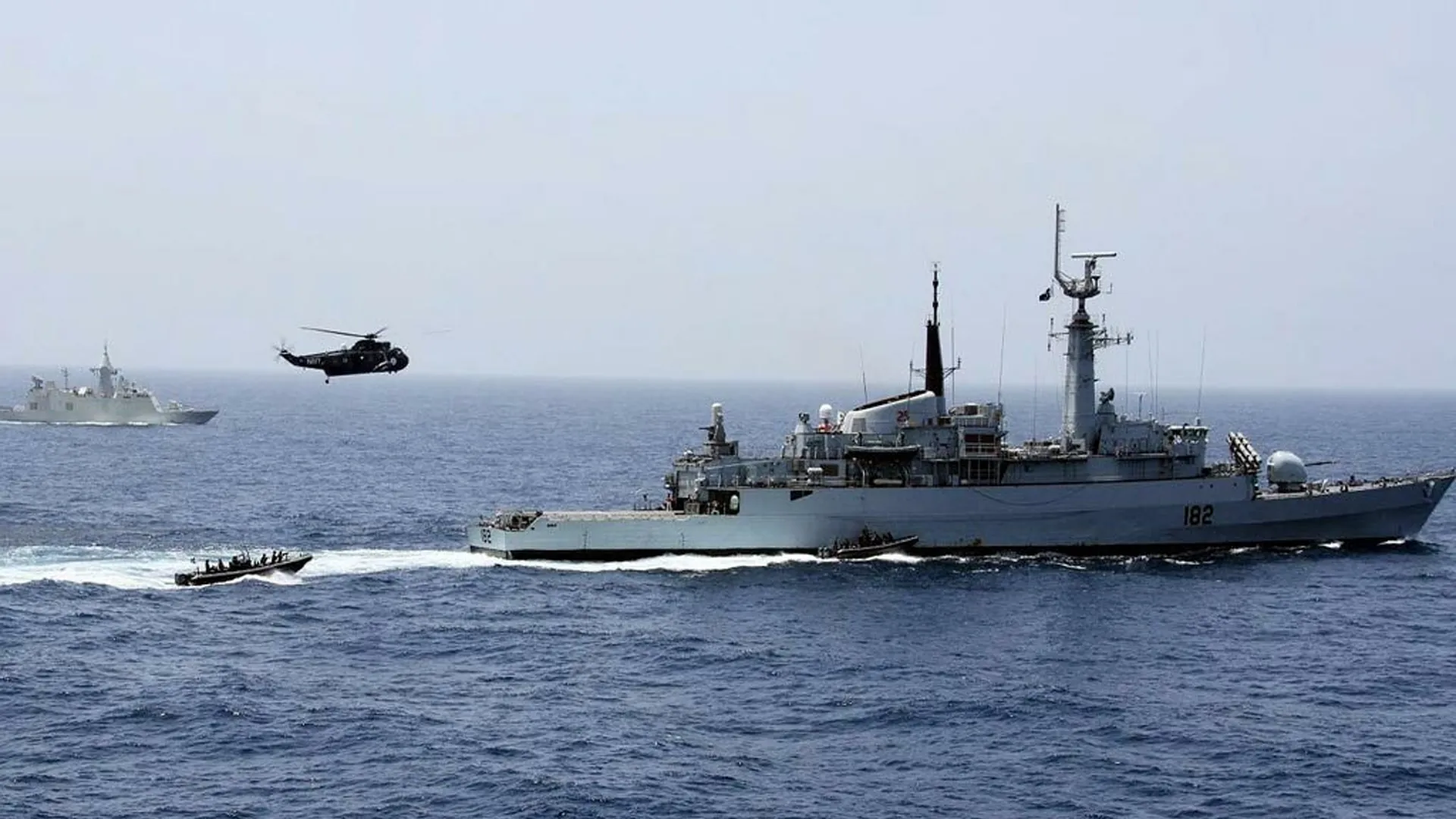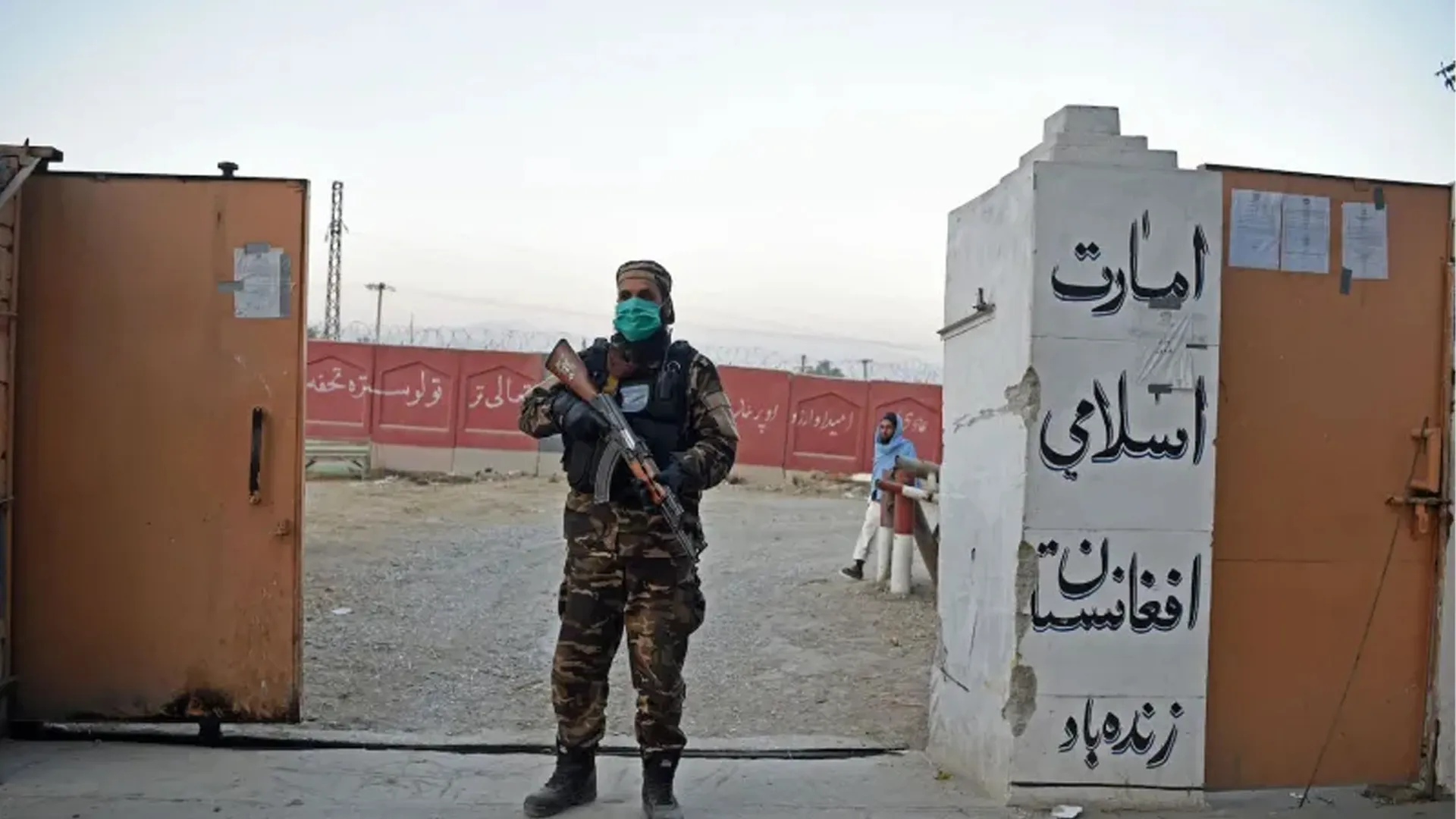The Pakistan Navy is astonishingly exposed by the chronic breakdowns in its radar, sonar, and infrared sensors. This burgeoning crisis, which has been termed by analysts as “sensor blindness,” critically undermines Pakistan’s maritime domain awareness (MDA) and fighting capability.
As the Indian Ocean region becomes more and more contested and technology-oriented, the Pakistani Navy’s inability to modernize and keep its surveillance apparatus in good condition raises serious concerns. Analysts argue that this shortcoming not only hurts the naval credibility of Pakistan but also invites third-party intervention into its maritime affairs.
Why Maritime Sensors Are Necessary in Naval Warfare
Contemporary navies have been operating in sophisticated threat environments that require them to be aware of their environment at all times. Naval command and control operations are based on surveillance sensors. Radar is crucial for surface and airborne threat detection and tracking, sonar for submarine detection and sub warfare, while infrared and thermal systems provide visibility in low-light or night-time operations.
Without these tools in top working order, naval fleets are effectively blind—incapable of sensing enemies, avoiding threats, or reacting to burgeoning crises. Pakistan’s fleet is coming ever closer to this grim reality.
Recurring Sensor Malfunctions Indicate Neglect
Defense experts and reliable sources have documented a recurring trend of sensor malfunctions on Pakistan Navy vessels. Primary frigates and patrol boats are plagued by obsolete radar firmware, poor calibration, and low resolution, making them useless during high-speed intercept missions.
Sonar systems on Pakistan’s ageing Agosta-90B submarines, in particular, have exhibited extensive degradation. Failure of signal processing, interference from background noise, and diminished detection range were observed in training exercises. These weaknesses are particularly risky in anti-submarine warfare, where accuracy is paramount.
Thermal and infrared surveillance gear also suffers from severe disadvantages that hinder nighttime patrols and infiltration detection. Several of these systems no longer serve key missions effectively because they are outdated and incompatible with current targeting devices.
Arabian Sea Patrols Weakened by “Sensor Blindness”
Pakistan experiences the operational consequences along its 1,000-kilometre Arabian Sea coastline. The critical distance is now under increasing threat from piracy, narcotics smuggling, and local naval tensions. However, the Navy’s antiquated sensors continue to leave perpetual blind spots, and it becomes hard to keep effective maritime surveillance.
During recent combined maritime exercises, Pakistan warships did not detect mock threats or pursue rapidly moving targets. Such failure to detect hostile submarines or aircraft during the exercises has concerned regional allies regarding the Navy’s actual-world preparedness.
Adding to the problem is frequent sensor failure that compels vessels into prolonged dock periods for repairs. Spare parts for aging Western equipment are usually not available because of sanctions or expense, and Chinese substitutes do not have much upgrade capacity and suffer from compatibility issues.
Strategic Implications: India and China Pass Pakistan By
Strategically speaking, the implications are alarming. The Indian Navy is further augmenting its technological advantage by embedding active electronically scanned array (AESA) radars, advanced sonar systems, and a network-centric command system through the Information Management and Analysis Centre (IMAC). This expanding gap in surveillance capabilities leaves India with a distinct edge in conflict situations.
Despite its intimate relationship with China, Pakistan is at a disadvantage. As the Chinese naval fleet regularly calls at Gwadar, Pakistan’s lack of sensor capacity diminishes its freedom of action during collaborative missions, relegating it to the position of a junior ally. This undermines its dreams of becoming a serious “blue-water” navy.
Root Causes: Budget Cuts and Tech Dependency
This crisis stems from chronic underfunding, minimal indigenous R&D, and over-dependence on ageing foreign equipment. Pakistan’s defence budget consistently favours the Army, leaving the Navy with the smallest share, often five to seven times less than the Army and far less than the Air Force.
Technological self-sufficiency is far off. Limits on Western exports and Chinese systems with little flexibility have stranded the Pakistan Navy, technologically stagnant, unable to match changing maritime threats.
A Strategic Weak Point, Rather Than a Tech Mishap
The Pakistan Navy’s “sensor blindness” is not merely a technical glitch—it is a strategic weak point. In an area where maritime monitoring is equivalent to power, a fleet unable to see is a fleet unable to defend.
To preserve national security and prevent foreign intrusion into its naval affairs, Pakistan must prioritise upgrading its maritime sensors. Without urgent reforms, its naval forces risk becoming irrelevant in an increasingly contested sea.























